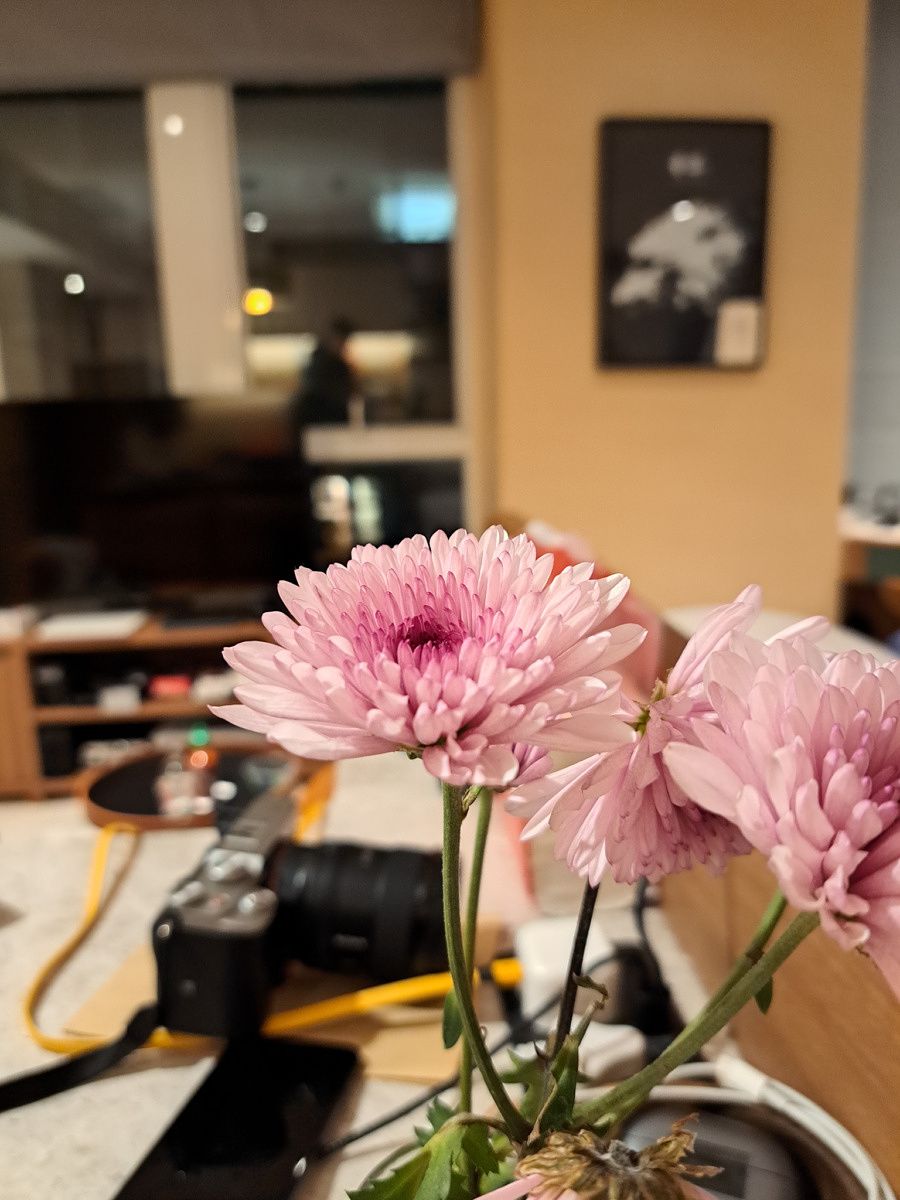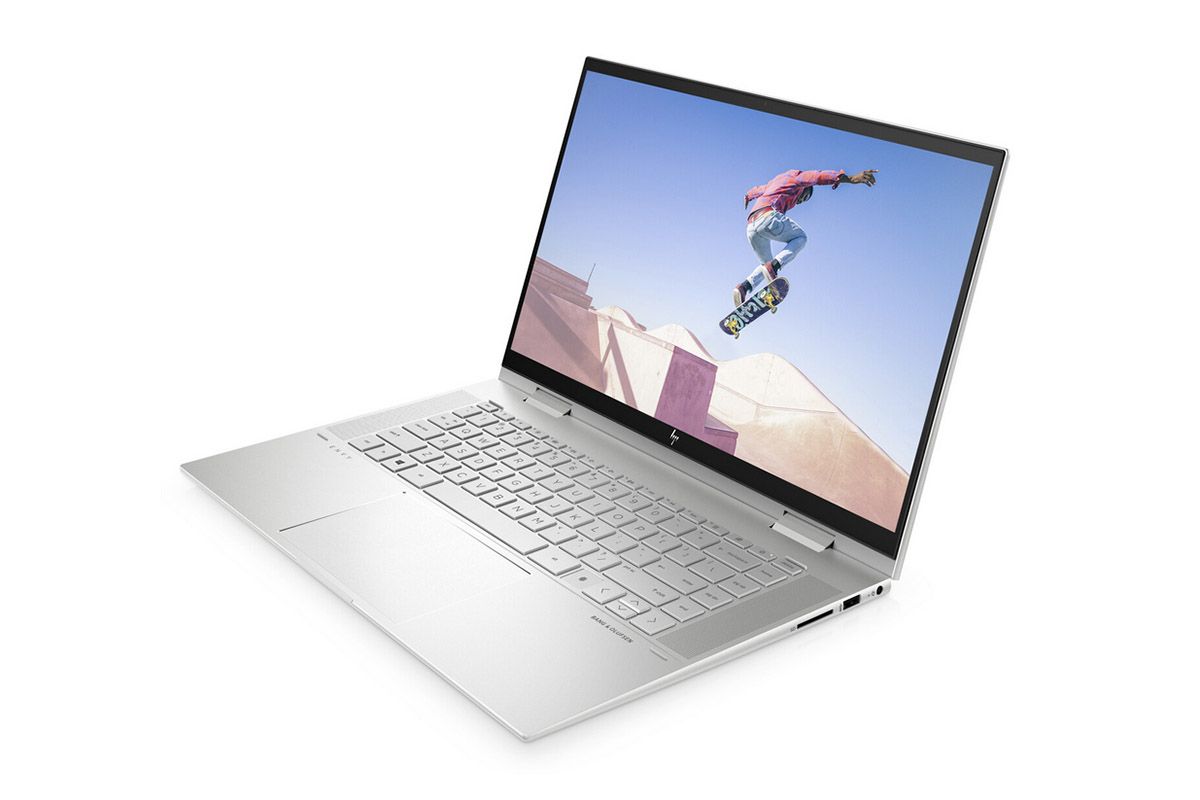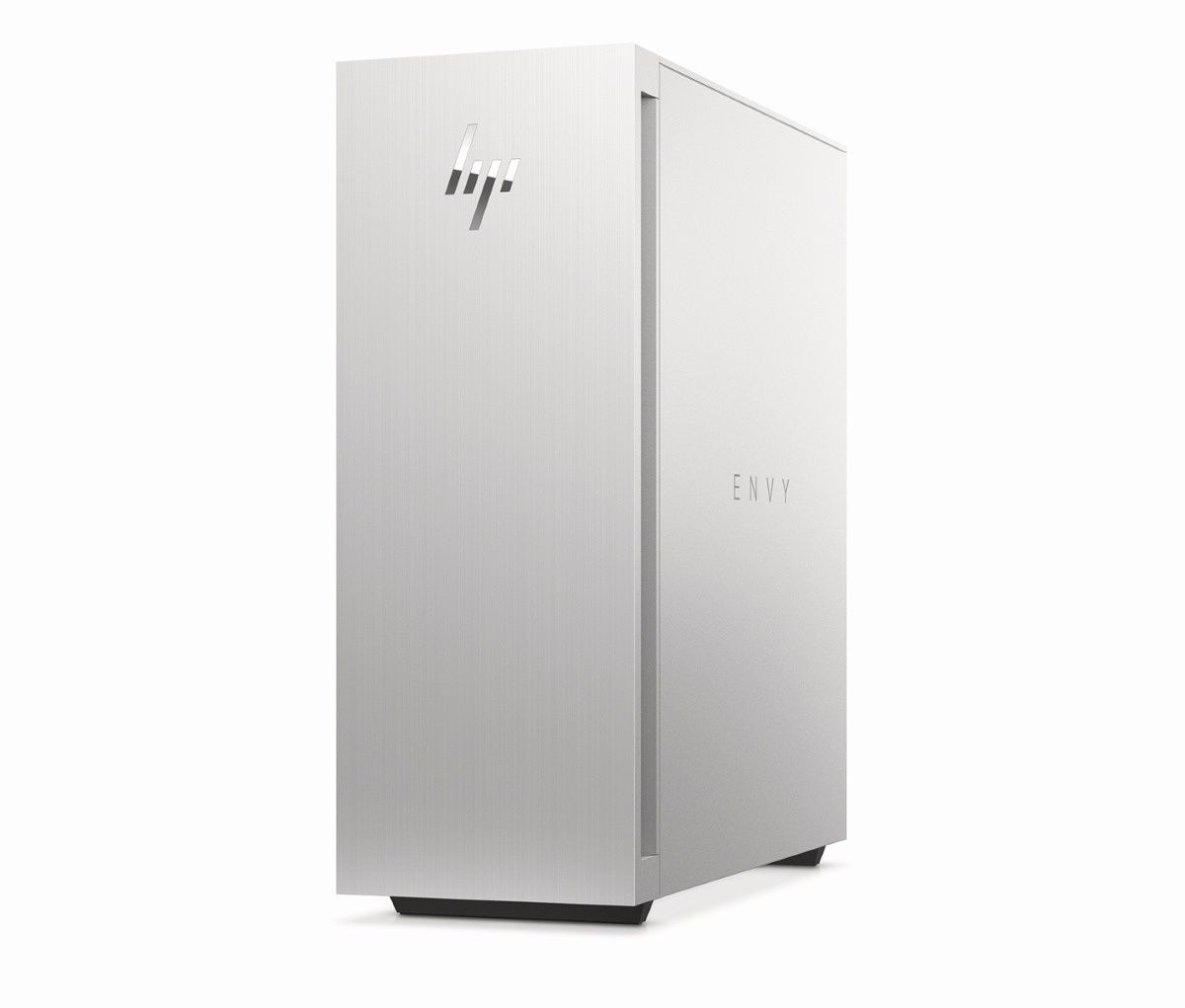Google’s 2022 I/O Developer keynote was packed with a lot of interesting announcements, but the company couldn’t let it pass without teasing its next flagship phones — the Pixel 7 and Pixel 7 Pro. Rather than let leakers have their fun leaking, Google decided to do an official tease-release by itself, giving us an early look at its 2022 flagships. More details will come over the coming months. In the meantime, we’ve decided to gather all the currently available bits and pieces of info on the upcoming phones to help you keep up with all developments leading up to the official launch. Here’s everything you need to know about Google’s 2022 flagships — the Pixel 7 and Pixel 7 Pro.
Before we begin, it’s worth noting that we’ve included all the leaks and rumors in this post, along with the info officially out there. A lot of what you’re about to read isn’t official information unless specified otherwise.
Navigate this article:
Google Pixel 7 and Pixel 7 Pro: Price and Availability
Google has confirmed that it will launch the Pixel 7 series this Fall. Traditionally, Google launches its latest Pixel phones at a hardware event in September or October. If past events are something to go by, then we’re about four to five months away from the official launch. One thing that remains to be seen is whether or not the Pixel 7 family will make it to all markets across the globe. If the rollout is similar to the Pixel 6 series, then the 2022 flagships likely won’t make it to markets like India. We’ll have more on the availability of these phones closer to or after the final launch this fall, so stay tuned.
As for the price, all we have is speculation at the moment. Google delivered the current flagships at competitive prices. The Pixel 6 and Pixel 6 Pro managed to steal the limelight from the competition because of their low starting price of $599 and $899, respectively. We expect Google to stick with a similar pricing strategy with the Pixel 7 series.
Google Pixel 7 and Pixel 7 Pro: Specifications
At I/O 2022, Google announced that the new Pixel 7 and Pixel 7 Pro will pack what the company refers to as the “next-generation” Tensor chip. It’s the sequel to the company’s first in-house chipset that debuted on the Pixel 6 series last year. We’re not entirely sure what this new chipset brings to the table at the moment, but Google has promised faster performance. If we were to guess, the second-gen Tensor chip would likely bring significant performance gains, along with better imaging capabilities. Rumor has it that the new chipset might arrive with an unreleased Samsung Exynos 5300 modem.

In case you’re wondering, the original Tensor shipped with an octa-core CPU with two Cortex-X1, two Cortex-A76, and four Cortex-A55 cores, a Mali-G78 MP20 GPU, and Tensor machine learning silicon. The rumor mill suggests that the new chipset could come with an AMD GPU, just like Samsung’s latest Exynos chipset. However, there’s no official confirmation on this yet. We also expect the Pixel 7 series to be available in the same memory and storage configuration as the current flagships, but we’ll have to wait for the official launch to confirm the same.
There’s no word on the battery size for the Pixel 7 series so far, but we’d love to see some improvements in this area. As we mentioned in our review of the Pixel 6 Pro, the device couldn’t last nearly as long as we expected it to, and the battery life was just average for the most part. It’s a shame because the Pixel 5 set a very high bar in the battery department. We’ll talk about battery life and charging in the Pixel 7 series wishlist section below.
Google Pixel 7 and Pixel 7 Pro: Design
The Pixel 6 series saw a complete design overhaul, so Google has decided to go easy on the redesign for this year’s models. Looking at the official Pixel 7 series renders from the Google I/O keynote, it’s safe to say that the design is largely similar for 2022. That being said, there are some important tweaks that we think are worth pointing out. The horizontal camera visor at the back, for instance, is here to stay, but the camera array itself appears to be changing. The Pixel 7 sports two cameras inside a pill-shaped cutout, while the Pixel 7 Pro includes an additional circular cutout. We expect this to be a telephoto lens, although there’s no official word from Google on that front.

Google Pixel 7 and Pixel 7 Pro in different colors
Notably, the glass back of the Pixel’s camera bar is also changing to metal. This particular change makes the new phones look radically different from the back, but we’re yet to see these phones in real life to confirm if that’s the case. Besides that, we’re also getting new colors this time around for the Pixel 7 series. The Pixel 7 will be available in Obsidian, Snow, and Lemongrass colorways, while the Pixel 7 Pro will come in Obsidian, Snow, and Hazel finishes.
Google only gave us a glimpse of the new Pixel 7 phones from the back, which means there’s only so much we can confirm officially. The upcoming Pixel 7 flagships will have a glossy glass back, just like the previous generation. You can also see a USB Type-C port at the bottom, a SIM tray on the left edge, and the power and volume rockers on the right edge of both devices. We don’t know anything about the durability and build quality of the phones, though it’s safe to assume that the Pixel 7 series will also come with an IP68 rating for dust and water resistance and Gorilla Glass Victus (Plus?) for protection.
Now to the part in which we discuss the design based on leaked renders. The images shared by Google during the I/O keynote largely align with the leaked renders that showed up earlier this year. Here, take a look:


The Google Pixel 7, as you can see, is said to sport a flat display with a centered hole-punch cutout for the selfie camera. It reportedly measures 155.6mm x 73.1mm x 8.7mm, making it slightly smaller and slimmer than the Pixel 6. That said, the phone looks indistinguishable from last year’s model. The same is the case with the Pixel 7 Pro. We’re looking at a footprint of 163 × 76.6 × 8.7 mm for the Pro model. For reference, the Pixel 6 Pro measures 163.9 × 75.9 × 8.9 mm. The slight change in dimensions could mean that Pixel 6 series cases probably won’t fit the Pixel 7 series, which is a bummer.
Google Pixel 7 and Pixel 7 Pro: Display
As you can see from the renders above, the upcoming Pixel 7 series phone will have roughly the same dimensions as Google’s current-gen flagships. We don’t have exact figures for the display sizes, but the Pixel 7’s screen is said to be between 6.2-inch and 6.4-inch, and the Pixel 7 Pro’s screen is said to be either 6.7 or 6.8-inches. DSCC’s Ross Young, a prominent industry analyst, also claimed that the Pixel 7 would have a smaller 6.3-inches panel this year.
What remains to be seen is whether or not Google will use the same fingerprint sensor as last year’s models. While software updates have resolved most of the annoyances with those sensors, it’s safe to say that they have only improved a modest amount since last year, and they’re still no match to the sensors fitted on other flagships.
Google Pixel 7 and Pixel 7 Pro: Cameras
It’s hard to argue with the fact that Google’s Pixel phones offer a great camera experience. These phones benefit from a combination of great optics and Google’s computational photography chops to deliver reliable cameras. The Pixel 6 series marks the first time in years that Google offered a new main camera sensor. The Pro variant even got a versatile triple-camera system, which you can learn more about in our Pixel 6 Pro camera review. The Pixel 6 series offered a pretty good camera experience overall, but there’s still some room for improvement.
We know that Google is retaining the dual rear camera system for the Pixel 7 and a triple rear camera setup for the Pro model, but we’re not sure if we’ll be getting new optics. More on this in the wishlist section below.
Google Pixel 7 and Pixel 7 Pro: Our Wishlist
You may have a laundry list of not-so-good things about the Pixel 6 series, but there’s no denying that it’s the most premium line of phones Google has ever created. From a unique design to an in-house chipset and reliable cameras, there’s a lot to like about the Pixel 6 family. But as is the case with every new phone, there are a few things that might take the Pixel 7 series a step further when it debuts later this year. Here are some improvements we’d like to see on the Google Pixel 7 series:
Better fingerprint sensor
To be fair, Google has improved the fingerprint sensors on the Pixel 6 series quite a bit since its launch. But we expect more than just a tolerable experience from a Google flagship. We think Google should use better sensors on the Pixel 7 series. Almost all flagship phones out there, including the best from Samsung, OnePlus, Vivo, etc., have had reliable sensors for years now. This just seems like an oversight on Google’s part, so that’s something that absolutely needs to be fixed with the Pixel 7 series.
Better cameras
The Pixel 7 and Pixel 7 Pro will have a dual-camera and a triple camera system, respectively. We know that by looking at the official renders shared by Google. But what we don’t know is whether or not the company is using the same image sensors this year. The Pixel 6 Pro, for instance, had a great main camera, but the other lenses failed to reach the same heights. And being “good enough” is unfortunately not enough in 2022 when we have smartphones like the Vivo X80 Pro on the market taking some stellar shots. But given how Google’s flagships have long been renowned for great cameras, we expect them to bounce back with the Pixel 7 series.
Faster charging
As we mentioned in our Google Pixel 6 Pro review, it takes over an hour to fully charge it. That’s a bit of a hard pill to swallow when you have several other devices on the market (often cheaper) that can charge up to 70% in around ten minutes. The Pixel 6 Pro also tends to throttle the charging speeds, which is something we hope gets fixed. Considering the new Pixel 7 phones are said to have almost the same dimensions, we doubt if Google is throwing in a bigger battery this time around. So the least we can expect from Google is faster and more reliable charging speeds.
Return of the fabric cases
If you don’t remember, Google debuted trendy fabric cases with the Pixel 2 back in 2017. They’ve changed a bit over time, but they continue to remain fan favorites. If you’ve never used one yourself, the fabric on the case is very similar to the material used on the Nest speakers. The new Pixel 6 cases are great, but they’re no match for the fabric cases with their unique and satisfying finish. Not to mention, they also came in some fun colorways. The fabric cases may not offer the best protection, but they make up for it with a unique look and a satisfying in-hand feel. Please bring them back, Google!
Bug-free software at launch
The Pixel 6 series was received well generally. But there’s no denying that the software experience included a bunch of bugs, which took a while to get ironed out. And by a while, we mean months. Google took its own sweet time to fix issues, with newer patches causing more issues, and so on. But they did fix them, although in the process, the experience from Day 1 remains soured for many. A lot of it was expected since the Pixel 6 was radically different from its predecessors, but end users are not beta testers for hardware or software. So we do expect better polish on end-user hardware.
What we hope to see from Google with the Pixel 7 series is a good, bug-free software experience from Day 1. Google is a software company, the company that exerts unmatched control over Android as a platform. And now they control a big chunk of the hardware stack too. And further, with the Pixel 6 series doing the “beta testing” for Tensor, there really remains no discernible reason for Google to serve a sub-par experience. Let’s make this a good phone to unbox and use from Day 1?
This brings us to the conclusion of our Pixel 7 wishlist. If Google somehow manages to check all the boxes in our list while keeping the price the same or at least in the same ballpark, we don’t see why the Pixel 7 family can’t make it to the top of our recommendation list this year.
We’re still months away from an official announcement for the Pixel 7 series, and we’ll continue to add more details to this page leading up to the big day. In the meantime, be sure to stop by our collection of the best Android phones, if you don’t want to wait till the fall to buy a new smartphone.
The post Google Pixel 7 and Pixel 7 Pro: Everything we know about Google’s 2022 flagships appeared first on XDA.
from XDA https://ift.tt/5ojGA7N
via
IFTTT


















































